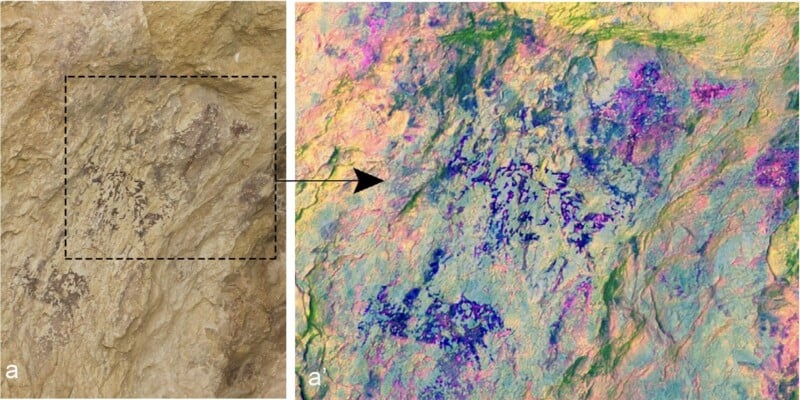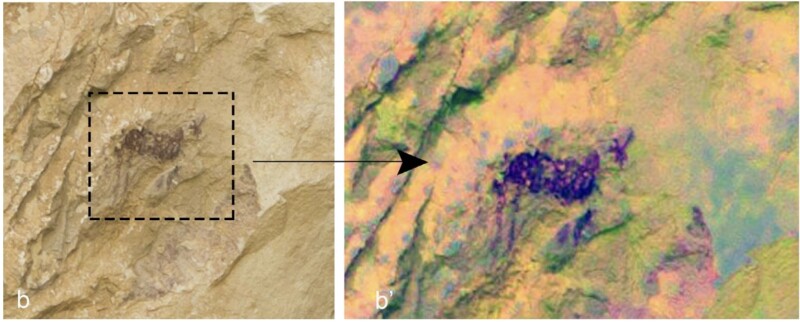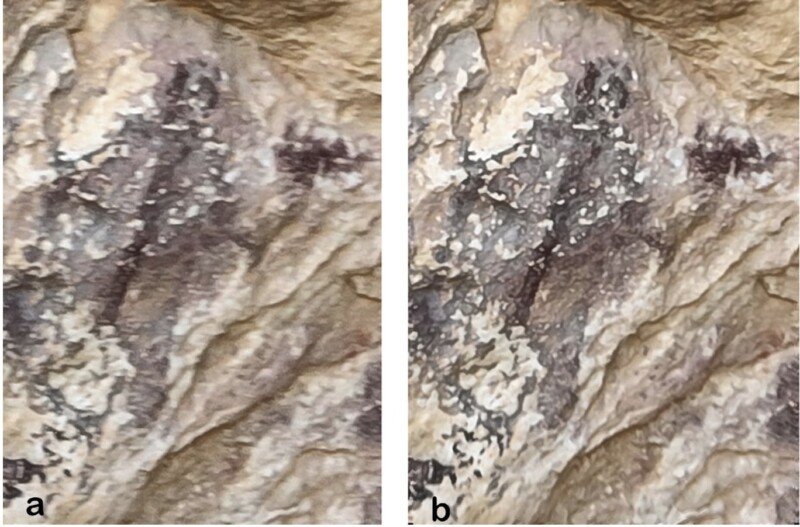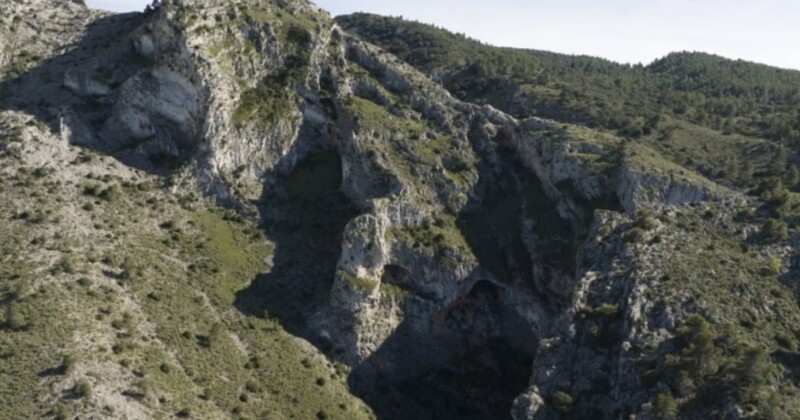Drone Cameras Discover 7,000-Year-Old Prehistoric Cave Paintings
Archaeologists flying drone cameras discovered 7,000-year-old prehistorical rock paintings in remote caves in Spain in a pioneering study.
A team of researchers at the University of Alicante used drones to study hard-to-reach mountain shelters in Alicante, Spain, and revealed ancient Neolithic cave paintings dating back thousands of years ago.

The archaeologists studied the inaccessible mountain shelters in the Castellet-Barranc del Salt ravine and Port de Penáguila by photographing and recording videos of the walls in 18 shallow cavities using small unmanned aerial vehicles (UAVs).
The team entered 18 caves with the drones and discovered two mountain shelters that contained prehistoric wall art.
The most noteworthy painting included figures of archers, deer, and goats — some of which were drawn as if they were wounded with arrows.


Due to the large number of figures observed in the paintings, the researchers say the discovery is one of the most significant Neolithic rock art sites in this particular region in Spain in recent decades.
The Power of Drones
In a study published in the scientific journal Lucentum last month, the researchers revealed how the use of drones allowed researchers to quickly find never-before-seen ancient cave paintings.
Researchers studying the mountains surrounding Alicante were used to making long hikes to remote locations to make such archaeological discoveries. However, they were able to find the first signs of ancient cave art within a few days of flying the drones.

The archaeologists then analyzed and enlarged the raw photos of the caves in Photoshop to reveal the ancient paintings. Climbers later visited the site and verified the existence of a large number of painted figures in various styles.
According to Artnet News, geo-archaeology researcher and authorized drone pilot Javier Fernandez Molina thought drones would provide a quicker way of surveying hard-to-reach caves.
“There are many inaccessible areas of the Alicante mountains. Using a drone to photograph walls is a quick method and this recent find means there are many prehistoric cave paintings to be found,” Molina tells Artnet News.
Image credits: All photos via “Drone detection methodology (RPAS) applied to the prospecting of prehistoric rock art” by Francisco Javier Molina Hernandez, Virginia Barciela Gonzalez, and Ximo Martorell Briz.